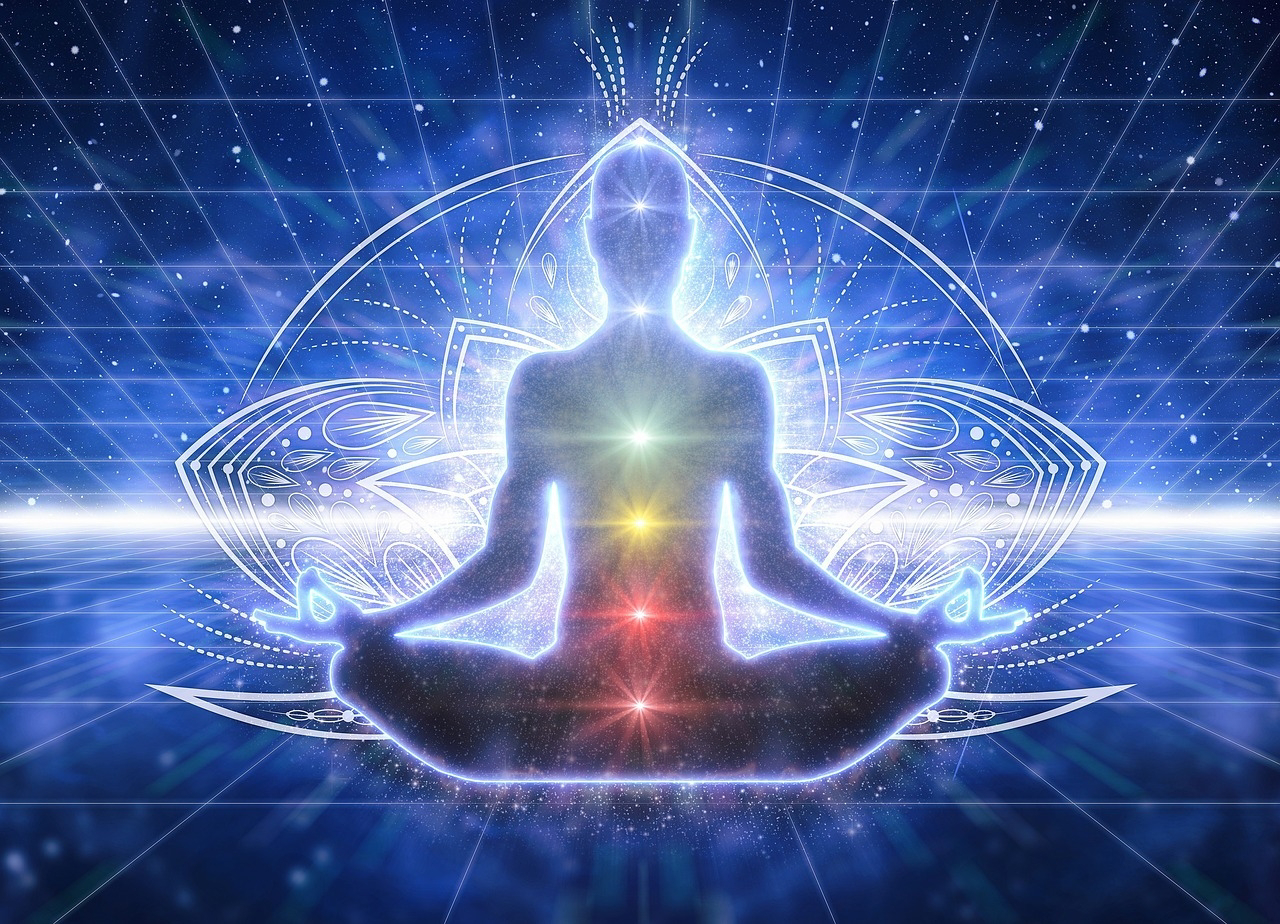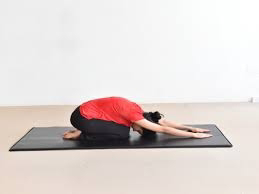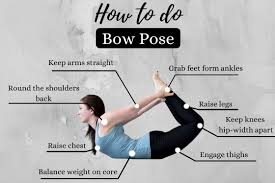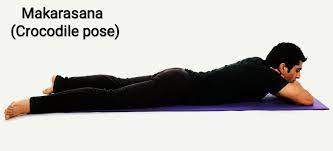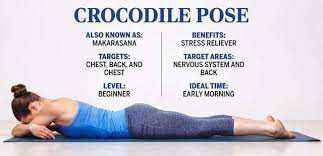Ashtanga Yoga for preserving health
Ashtanga Yoga is a comprehensive and dynamic form of yoga that can indeed help preserve and promote health. Developed by Sri K. Pattabhi Jois, Ashtanga Yoga focuses on synchronizing breath with a progressive series of postures, creating internal heat, detoxifying the body, and enhancing strength, flexibility, and mental focus. Here are some ways in which Ashtanga Yoga can contribute to preserving health:
1. Physical fitness: Ashtanga Yoga involves a series of flowing movements and postures that engage and strengthen various muscle groups. Regular practice can improve cardiovascular health, enhance flexibility, promote better posture, increase stamina, and develop overall physical fitness.
2. Stress reduction: Ashtanga Yoga incorporates mindful breathing and meditation techniques, which help calm the mind, reduce stress, and promote relaxation. The practice encourages present-moment awareness, allowing practitioners to cultivate a sense of peace and balance in their daily lives.
3. Improved flexibility and balance: Ashtanga Yoga emphasizes stretching and opening the body, leading to increased flexibility and improved range of motion. This can help prevent injuries, enhance coordination, and promote better balance and body alignment.
4. Detoxification and purification: The combination of dynamic movements, deep breathing, and sweating during an Ashtanga Yoga practice can aid in the detoxification process. It helps to flush out toxins from the body, stimulate the lymphatic system, and promote overall cleansing and purification.
5. Mind-body connection: Ashtanga Yoga encourages the integration of body, breath, and mind. By focusing on the breath and linking it with movement, practitioners develop a deeper awareness of their physical sensations, thoughts, and emotions. This enhanced mind-body connection can lead to improved mental clarity, concentration, and self-awareness.
6. Increased energy levels: Regular practice of Ashtanga Yoga can boost energy levels by increasing circulation, oxygenation, and vitality in the body. The combination of physical movement, breath control, and mindfulness revitalizes the system, leaving practitioners feeling more energized and rejuvenated.
7. Enhanced immune function: The practice of Ashtanga Yoga supports a healthy immune system by reducing stress, promoting better sleep, and improving overall well-being. As stress is known to have a negative impact on the immune system, the stress-reducing benefits of yoga can indirectly strengthen immune function.
It's important to note that practicing Ashtanga Yoga safely and effectively requires proper guidance and instruction from a qualified teacher. They can provide individualized adjustments, modifications, and ensure that you practice within your limits to prevent injury. Remember to listen to your body, respect its limitations, and progress gradually in your practice.
Certainly! Here are some additional benefits of practicing Ashtanga Yoga for preserving health:
8. Improved respiratory function: Ashtanga Yoga places a strong emphasis on conscious breathing, particularly the Ujjayi breath, which involves deep inhalations and exhalations with a gentle constriction at the back of the throat. This controlled breathing technique helps expand lung capacity, enhance oxygen intake, and improve respiratory function.
9. Increased mindfulness and emotional well-being: Ashtanga Yoga encourages the cultivation of mindfulness by focusing on the present moment and observing one's thoughts and sensations without judgment. This practice can enhance emotional well-being, reduce anxiety and depression symptoms, and promote a greater sense of contentment and inner peace.
10. Better sleep quality: The combination of physical exertion, relaxation techniques, and stress reduction through Ashtanga Yoga can contribute to improved sleep quality. The practice helps release tension from the body, calms the mind, and establishes a more balanced and peaceful state conducive to restful sleep.
11. Weight management: Regular practice of Ashtanga Yoga can assist in maintaining a healthy body weight. The dynamic and intense nature of the practice helps burn calories, increase metabolism, and build lean muscle mass. Additionally, the mindfulness cultivated during practice can support mindful eating habits and a more conscious relationship with food.
12. Enhanced focus and concentration: Ashtanga Yoga requires concentration on the breath, movement, and alignment of the body, which can improve mental focus and concentration. This can be beneficial for tasks that require sustained attention and mental clarity in daily life.
13. Joint health and flexibility: Ashtanga Yoga includes a variety of poses that target different joints and muscle groups, promoting joint health and flexibility. Regular practice can help lubricate the joints, improve range of motion, and prevent stiffness and discomfort.
14. Balancing the nervous system: The combination of physical postures, breath control, and meditation in Ashtanga Yoga can help balance the autonomic nervous system. The practice activates the parasympathetic nervous system, responsible for the body's relaxation response, reducing the impact of chronic stress on overall health.
15. Community and support: Ashtanga Yoga is often practiced in a community or led class setting, providing a supportive and encouraging environment. The sense of community and shared practice can contribute to a positive mindset, motivation, and overall well-being.
Remember that practicing Ashtanga Yoga should be done with patience, respect for your body's limitations, and a gradual progression. It is essential to consult with a qualified instructor to receive proper guidance and to adapt the practice to your individual needs and abilities.
Certainly! Here are a few more benefits of practicing Ashtanga Yoga for preserving health:
16. Improved digestion: The practice of Ashtanga Yoga incorporates various twisting and compression poses that can stimulate the digestive system, improve circulation to the abdominal organs, and promote healthy digestion. This can help alleviate digestive issues and enhance nutrient absorption.
17. Hormonal balance: Ashtanga Yoga can have a positive impact on hormonal balance by reducing stress levels and promoting overall well-being. Chronic stress can disrupt hormonal equilibrium, leading to various health issues. Regular practice of Ashtanga Yoga helps regulate stress hormones, such as cortisol, and supports a more balanced hormonal state.
18. Cardiovascular health: The dynamic and vigorous nature of Ashtanga Yoga practice can provide cardiovascular benefits. The continuous flow of movements combined with deep breathing increases heart rate, improves circulation, and strengthens the cardiovascular system.
19. Enhances body awareness: Ashtanga Yoga cultivates a deep sense of body awareness. By paying attention to the alignment and sensations of the body during the practice, individuals become more attuned to their physical needs and can make conscious choices that promote overall health and well-being.
20. Mindful eating habits: Ashtanga Yoga encourages mindful eating by fostering a deeper connection to the body and its nutritional needs. Practitioners often develop a greater awareness of their relationship with food, making conscious choices that nourish the body and support overall health.
21. Stress management: Ashtanga Yoga provides a holistic approach to stress management. The combination of physical movement, breath control, meditation, and mindfulness techniques helps reduce stress levels, promote relaxation, and build resilience to daily stressors.
22. Posture correction: Ashtanga Yoga promotes good posture by strengthening the core muscles, elongating the spine, and improving overall body alignment. With regular practice, individuals can experience improved posture, which can alleviate discomfort and prevent musculoskeletal issues.
23. Emotional balance: Ashtanga Yoga can have a positive impact on emotional well-being by reducing anxiety, enhancing self-awareness, and promoting emotional resilience. The practice provides a space for individuals to explore and release emotions, leading to a greater sense of emotional balance and stability.
24. Self-discipline and commitment: Ashtanga Yoga requires dedication and commitment to a regular practice. Cultivating self-discipline and committing to a consistent practice can have positive effects on mental and emotional well-being, as well as overall health.
Remember, while Ashtanga Yoga offers numerous benefits for health preservation, it is essential to listen to your body, practice with awareness, and consult with a qualified instructor to ensure proper technique and alignment.
Certainly! Here are a few additional benefits of practicing Ashtanga Yoga for preserving health:
25. Increased self-confidence: Ashtanga Yoga can help boost self-confidence and self-esteem. As individuals progress in their practice and achieve new milestones, they develop a sense of accomplishment, which can positively impact their overall self-perception and confidence in various aspects of life.
26. Improved circulation: The dynamic movements, deep breathing, and inversion poses in Ashtanga Yoga help stimulate blood circulation throughout the body. This increased circulation delivers oxygen and nutrients to the cells more efficiently, promoting overall health and vitality.
27. Heightened body awareness: Ashtanga Yoga encourages individuals to develop a keen sense of body awareness, paying attention to subtle sensations and cues from the body. This heightened awareness can help identify areas of tension, imbalance, or discomfort, allowing individuals to address them and prevent potential injuries.
28. Strengthened immune system: Regular practice of Ashtanga Yoga has been associated with improved immune function. The combination of physical movement, deep breathing, and relaxation techniques helps reduce stress, which can have a positive impact on the immune system's ability to defend against illnesses and maintain overall health.
29. Mindful stress response: Ashtanga Yoga can help individuals cultivate a more mindful response to stressors. Through the practice of breath control and mindfulness, individuals can develop resilience and learn to navigate stressful situations with greater clarity, composure, and adaptability.
30. Body detoxification: The combination of physical postures, deep breathing, and sweating during Ashtanga Yoga practice supports the body's natural detoxification processes. Sweating helps eliminate toxins from the body, while twisting poses and inversions stimulate lymphatic flow and enhance the elimination of waste products.
31. Improved coordination and motor skills: Ashtanga Yoga practice involves a sequence of flowing movements that require coordination and balance. Regular practice can improve motor skills, proprioception, and the integration of mind and body, leading to better overall coordination.
32. Enhanced lung capacity: The conscious, deep breathing techniques employed in Ashtanga Yoga help expand lung capacity over time. This can lead to improved respiratory function, increased oxygen intake, and enhanced overall lung health.
33. Increased body strength: Ashtanga Yoga builds strength in various muscle groups throughout the body. The practice includes standing postures, arm balances, and inversions that engage and tone muscles, leading to increased overall body strength.
34. Enhanced lymphatic system function: Ashtanga Yoga practice, with its flowing movements and inversions, can stimulate the lymphatic system, which plays a crucial role in immune function and detoxification. Improved lymphatic circulation can aid in the removal of waste materials from the body and promote better overall health.
35. Emotional release and stress relief: Ashtanga Yoga provides a safe and supportive environment for emotional release and stress relief. The physical practice, combined with breathwork and meditation, allows individuals to release stored emotions and tensions, promoting emotional well-being and stress reduction.
Remember, the benefits of Ashtanga Yoga can be experienced over time with regular and consistent practice. It's essential to approach the practice with patience, respect for your body's limitations, and a focus on mindfulness and self-care.
Certainly! Here are a few more benefits of practicing Ashtanga Yoga for preserving health:
36. Bone density and joint health: Ashtanga Yoga includes weight-bearing poses that help improve bone density and maintain joint health. The practice of weight-bearing poses, such as standing postures and arm balances, can contribute to stronger bones and reduce the risk of osteoporosis.
37. Improved cardiovascular endurance: The dynamic and continuous movement in Ashtanga Yoga, combined with controlled breathing, can improve cardiovascular endurance. Regular practice can lead to increased stamina, allowing individuals to engage in physical activities with greater ease.
38. Mindful decision-making: Ashtanga Yoga cultivates mindfulness, which extends beyond the mat and into daily life. This mindfulness can positively impact decision-making processes by promoting a clear and focused mind, enabling individuals to make choices aligned with their overall well-being.
39. Inner strength and resilience: Ashtanga Yoga builds not only physical strength but also inner strength and resilience. The practice teaches individuals to face challenges, overcome obstacles, and persevere, both on and off the mat. This resilience can be valuable in navigating the ups and downs of life.
40. Hormonal regulation: Regular practice of Ashtanga Yoga can support hormonal regulation and balance. The combination of physical movement, breathwork, and relaxation techniques helps regulate the endocrine system, which plays a vital role in maintaining hormonal equilibrium and overall health.
41. Improved circulation to internal organs: Ashtanga Yoga incorporates poses that promote circulation to the internal organs, such as twists and forward bends. This increased blood flow to the organs can support their optimal function, aiding digestion, detoxification, and overall organ health.
42. Heightened body-mind connection: Ashtanga Yoga fosters a deep connection between the body and mind. Through the integration of movement, breath, and mindfulness, practitioners develop a heightened sense of body-mind awareness, facilitating a more holistic approach to health and well-being.
43. Enhanced focus and productivity: Ashtanga Yoga can improve focus and concentration, leading to increased productivity in various areas of life. By training the mind to stay present and focused during the practice, individuals can carry this enhanced focus into their daily activities.
44. Cultivation of patience and acceptance: Ashtanga Yoga is a practice that requires patience and acceptance of where one is in the present moment. Regular practice can cultivate these qualities, allowing individuals to approach challenges with greater patience and acceptance, leading to reduced stress and greater overall well-being.
45. Sense of connection and unity: Ashtanga Yoga emphasizes the interconnectedness of all beings. The practice promotes a sense of connection to oneself, to others, and to the world at large. This sense of unity can foster feelings of compassion, empathy, and a deeper appreciation for the interconnectedness of life.
Remember, the benefits of Ashtanga Yoga can vary for each individual, and it's important to approach the practice with an open mind and respect for your body's unique needs and limitations. Regular practice, along with guidance from a qualified instructor, can help you experience the full range of benefits that Ashtanga Yoga has to offer.



